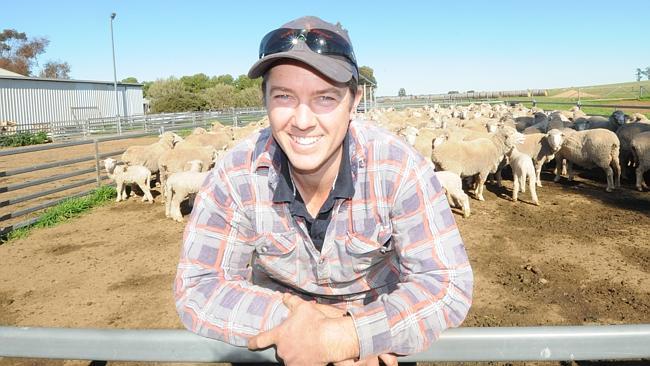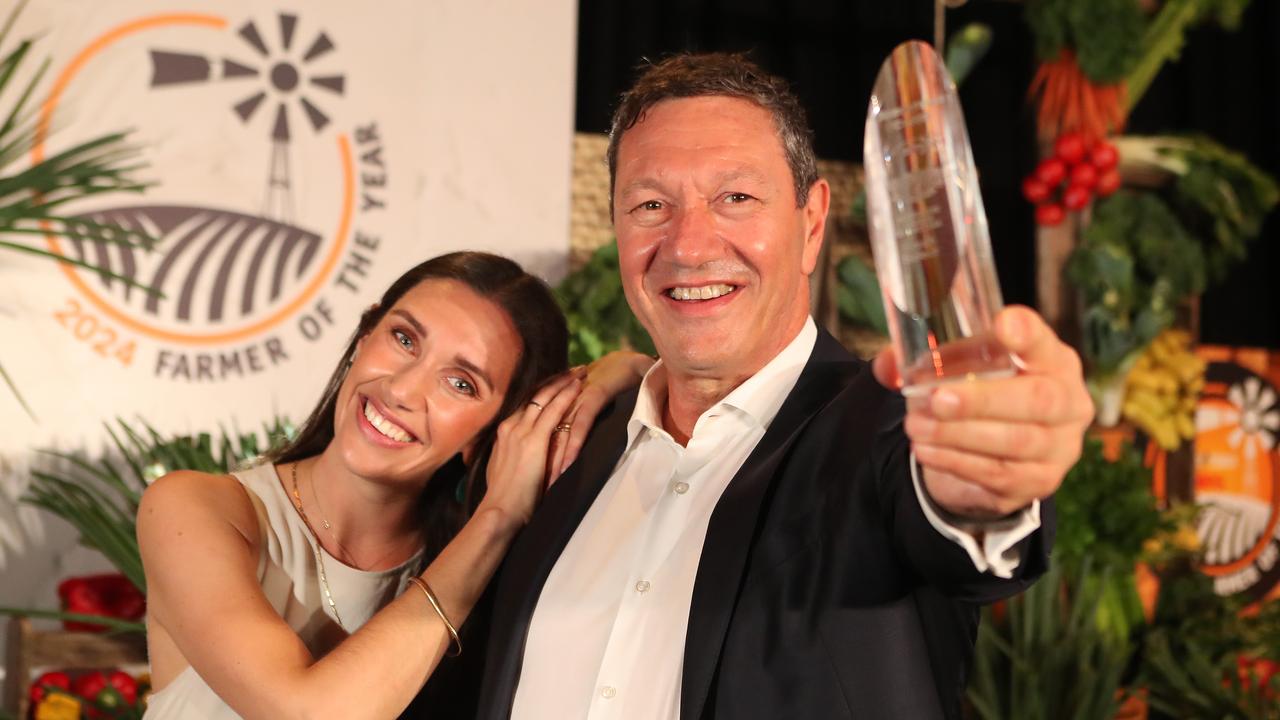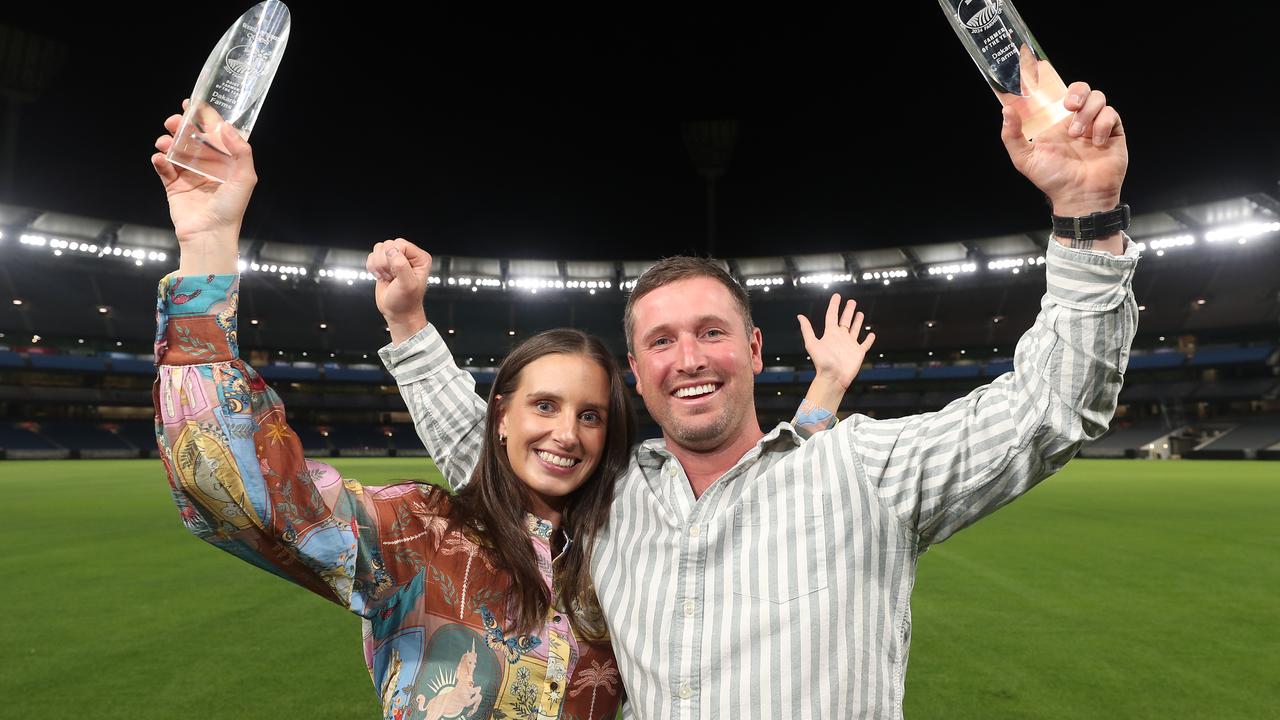Darren Bahr of The Rock in the NSW Riverina focuses on productivity in his Merino flock
RAISING the bar in sheep productivity is par for the cause for one NSW Riverina sheep producer.

RAISING the bar on productivity is par for the course for one NSW Riverina sheep producer.
And Darren Bahr is so keen to make sure he’s keeping the highest value sheep, he’s set up a strict selection process based on the value of the fleece they cut.
It’s something more likely to be found in a stud operation, but Darren’s management of his Merino flock at The Rock, south of Wagga Wagga, is based purely around commercial attributes.
He knows his key profit drivers are fleece and meat value and fertility, and is prepared to use the tools he has to isolate the best stock.
Darren is the first to admit what he is doing is not rocket science. But it’s the clever use of what’s available that is leading to spectacular results.
Weaning rates are well over 100 per cent, ewe lambs are joined at seven months with a success rate of 77 per cent and fleece cuts are up to 8.8kg of superfine wool from adult ewes.
Darren runs his sheep flock on the family farm with his father, Colin, and uncle, Graham. It’s a mixed-farming operation, with two-thirds of the 2300ha devoted to cropping and a third to sheep.
Darren has taken responsibility for the sheep flock in recent years after developing a passion while shearing.
“After shearing nine to 10 months of the year since I was 17, I am really passionate about breeding my own high-performing sheep,” he said.
The Bahr flock has been based on Pastora Merino bloodlines from nearby Lockhart for the past 30 years, and is classed by John Driscoll.
Together they aim for “the overall package” — a sheep for both wool and meat.
When it comes to wool, Darren calls on objective measurement which he uses to choose the highest fleece-value sheep in the flock.
All maiden ewes are micron tested before shearing and then each ewe’s fleece is weighed. Bar codes and scanners keep track of the information and this allows Darren to divide the flock into four groups according to fleece value.
Those with a fleece value in the top 25 per cent get a yellow tag, the next 25 per cent blue, the next 25 per cent green while the bottom 25 per cent don’t get a tag. The sheep are then run in mobs according to their tags. It allows productive sheep to stay in the flock rather than getting culled for age, Darren said.
“A ewe can still be productive in her older years and, as long as she has teeth and is lambing, she can stay,” he said. The Bahrs have been tagging according to fleece value for three years and Darren thinks the results will start to show up in the next few years.
But, already, they can see a difference between the top sheep which cut 8.8kg of wool compared to the bottom 25 per cent which cut 6.6kg.
Darren is strict on fertility with no passengers among his 1700 breeding ewes — all have to have a lamb each year or they are sold to prime markets.
Ewes are joined for six weeks to the Pastora rams and then followed up with a six-week joining to a White Suffolk. Last year, in that first six-week joining, the Merinos had a lambing rate of 106 per cent.
Ewes scanned in lamb to twins are given better-quality feed and are supplementary fed if the winter is tight.
But, mostly the ewes are lambed down in winter on pastures and run on stubble paddocks as they become available after the cropping program.
To keep the flock on its toes, Darren has started joining ewe lambs at just seven months, to lamb when they are just a year old. Initially, with just a four-week joining period, lambing rates were about 60 per cent but this year it’s 77 per cent.
The ewe lambs are lambed down in mid August, slightly earlier than the rest of the flock. Meat is also important. Darren said it was crucial to concentrate on a good-sized sheep given the income from surplus sales and wethers.
This autumn, Darren sold 610 Merino wether lambs, which produced 3.5kg of wool when shorn at eight months for $134 over the hooks, proving his plan makes dollars and sense.


